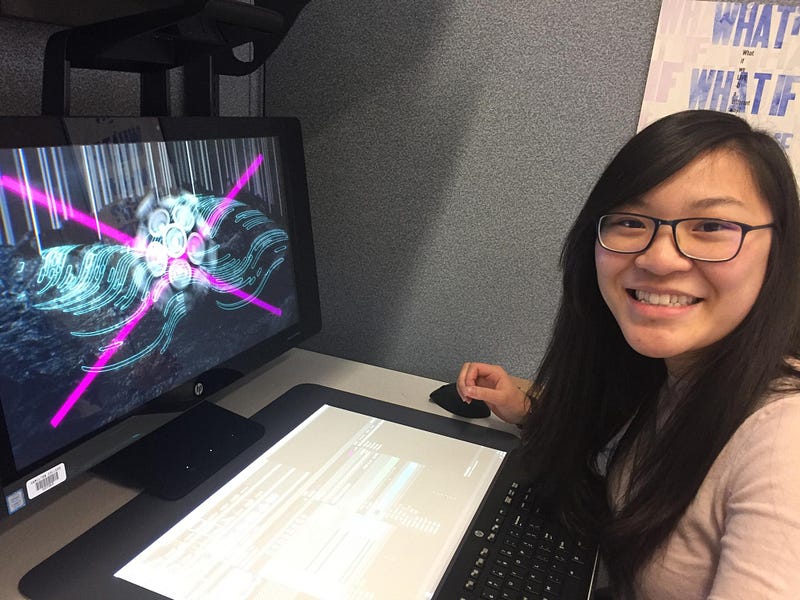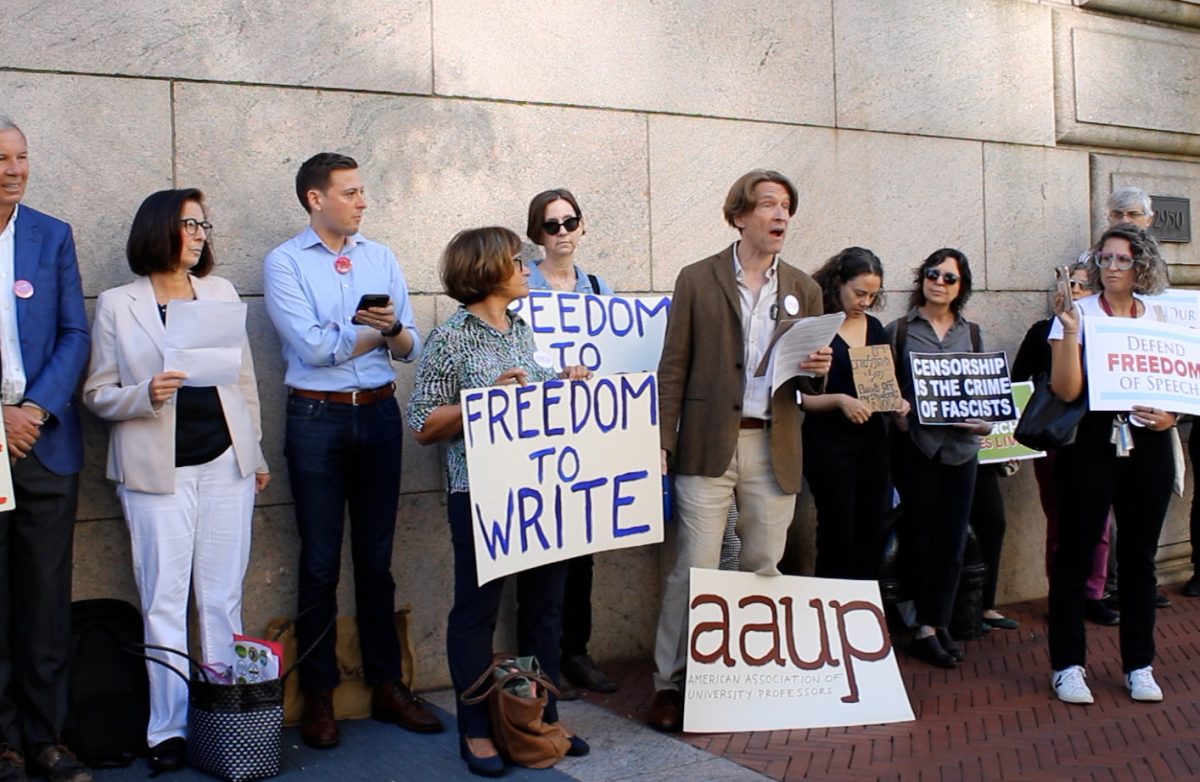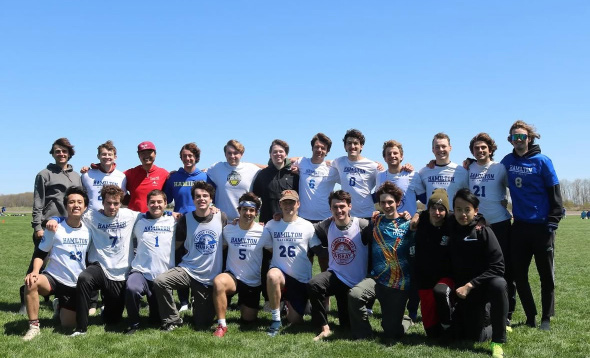
In today’s digital age, technological wonders and developments are no longer the stuff of science fiction, military bases, or even just tech labs. Increasingly, college campuses have become places of technological research and advancement intended to better the future, with students and faculty coming together to utilize technology to improve our world.
The founders of Hewlett Packard did just that. Having met as graduate students at Stanford University, Hewlett and Packard created HP’s first product on their school’s campus. Recently, Hamilton College’s efforts at similar technological innovation were recognized.
At the Nov. 1 EDUCAUSE Conference in Philadelphia, HP Incorporated announced that they would expand their applied research network to a group of colleges and universities, by allocating HP equipment. As a chosen participant in this program, Hamilton will receive HP products like monitors, light processors, and more, all valued at around $15,000.
This equipment is meant to give schools like Hamilton, Yale, Dartmouth, Lehigh, and other colleges all over the country the ability to push forward their academic goals. The products are specifically meant to explore and integrate the use of 3D technologies in various scholarly fields. Headed by the Research and Instructional Design Team subdivision in the Library and IT Services department, many ongoing projects will be bene ted by the initiation of this technology.
The use of 3D technology will be implemented in the fields of literature and geosciences.
In programs like “Unpacking My Library” and “Dream a Little Dream,” virtual reality, 3D printing and other facets of technology will be used to create objects based on readings, and will also be used to examine the context of the changing definition of the 21st century book.
In geosciences, 3D technology will be utilized to bring the Hamilton Geoscience Mineral Collection to life, allowing students and faculty to explore and analyze these samples in more depth and detail than ever before.
“We look at this project as a great opportunity to experiment with technologies that will help our current and future students learn and thrive,” said Lisa Forrest, Director of Research and Instructional Design at Hamilton.
“We’re at a really interesting place right now at Hamilton: How do we leverage the strengths of this 200 year old college — retain the traditional aspects of the Liberal Arts that we all value — while at the same time embrace the challenges and opportunities of the digital transformation? The “Campus of the Future” is here and now — and resides in
student centered
learning (the classroom is everywhere!),” Forrest continued, adding, “What are the contemporary competencies that our students need to create, communicate, collaborate, and
excel
in the digital world? How can technology facilitate a deeper engagement with one another and with the curriculum?
We hope that this project inspires our faculty and students to explore the digital dimension of teaching and learning — recognizing that the use of technology doesn’t change the learning goals, but it can change where, how, and when learning happens. “
The addition of Hamilton to HP’s Applied Research network and being delegated as a “Campus of the Future” is a great honor; it is a recognition of Hamilton’s dedication to learning and development. It means greater opportunity for Hamilton students and faculty to improve and advance not only their research, but apply this knowledge to greater world implications, a dream that all college campuses should be providing the opportunity for their students to pursue.

















